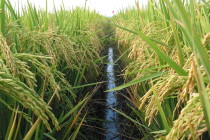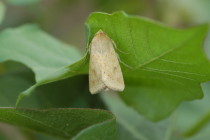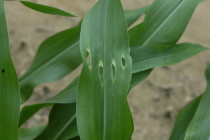Future of Agriculture Graduate Student Competition
On February 4th 2016, Mississippi State University will host the fourth annual Future of Agriculture Graduate Student Competition. The competition will be open to M.S. and Ph.D. students working in production agriculture. Over the last several years, there has been



















